While cannabis is currently crushing prohibition barriers across the United States, more people are getting into smoking fillers and alternatives. Some learns of catnip, damiana, blue lotus and other “legal highs”, and then get naturally curious about herbal smoking blends.
The best herbal smoking blends are those which offer a satisfying buzz without the health-damaging effects of tobacco. Legal smoking blends also tend to be less expensive than marijuana.
[toc heading_levels=”1,2″]
The right herbs can make your smoke smoother, increase potency, or give your blend a more complex flavor.
The herbal alchemy of turning plant matter into a perfectly balanced blend is a fascinating topic.
This post unpacks everything you need to know about choosing the right herbs and proportions for your smoking pleasure.
The Parts of an Herbal Smoking Blend
A herbal smoking blend consists of three parts.
- Base herbs or “carrier.” (40-50% of the blend)
- Supportive herbs, also referred as action or kicker herbs – used for effects (30-40%)
- Flavoring herbs helps finetuning the flavor or aroma of the smoke. (10-20% of your blend)
Each of the three components plays a specific role in creating the final product. You are not limited to 1 herb per category, but if you are getting started, try to aim for a simpler blend.
Let’s look at each of the three parts in detail.
The base herb is the crux of the herbal smoking blend. The base needs a smooth smoke with plenty of body, and it needs to burn easily. The base should represent about half of the herbs in the mixture.
There are several bases for you to try on your blend. Each herb has individual characteristics to suit your smoking experience. The following are some of the best beginner choices for herbal bases:
Raspberry Leaf
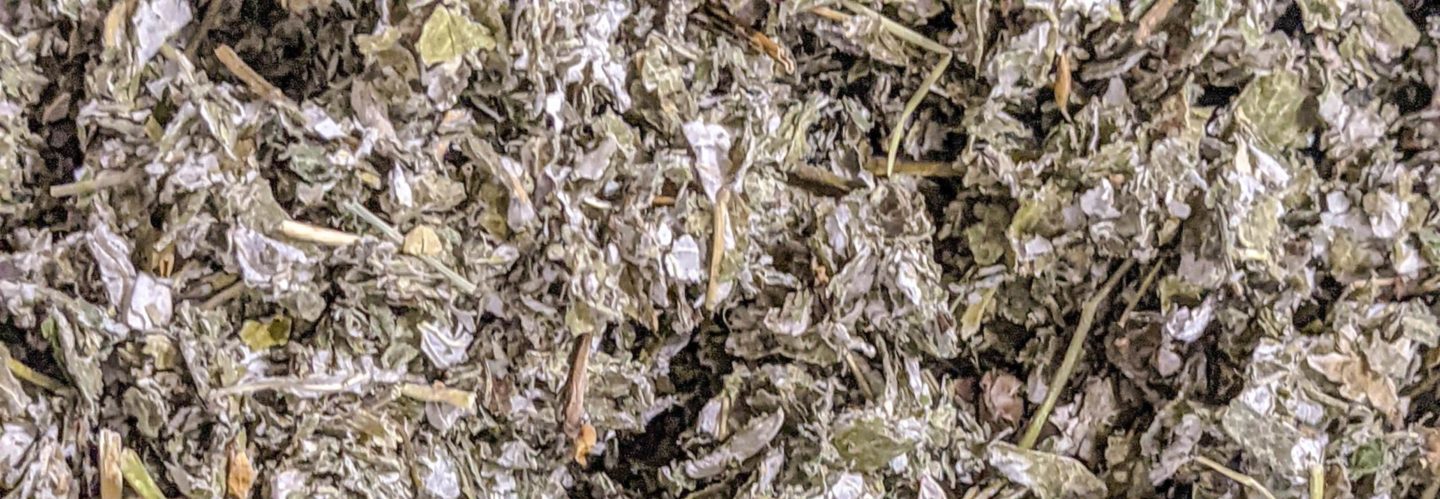
This fluffy base provides a pleasant smoking experience. Blending raspberry leaf and mullein or damiana offers an ideal base for flavor and aroma. You can play around with the ratios to find a taste you’ll enjoy. You can freshen up dry leaves by misting them with water for a smooth smoking experience.
Mullein leaf
This herbal base has a fantastic body and burns easily. It’s quite neutral; it doesn’t have as much relaxing effects as damiana. It’s a great choice for regular everyday smoke. It’s also a popular addition to blends for quitting cigarettes, and mullein is (supposedly) a powerful lung restorative.
Damiana
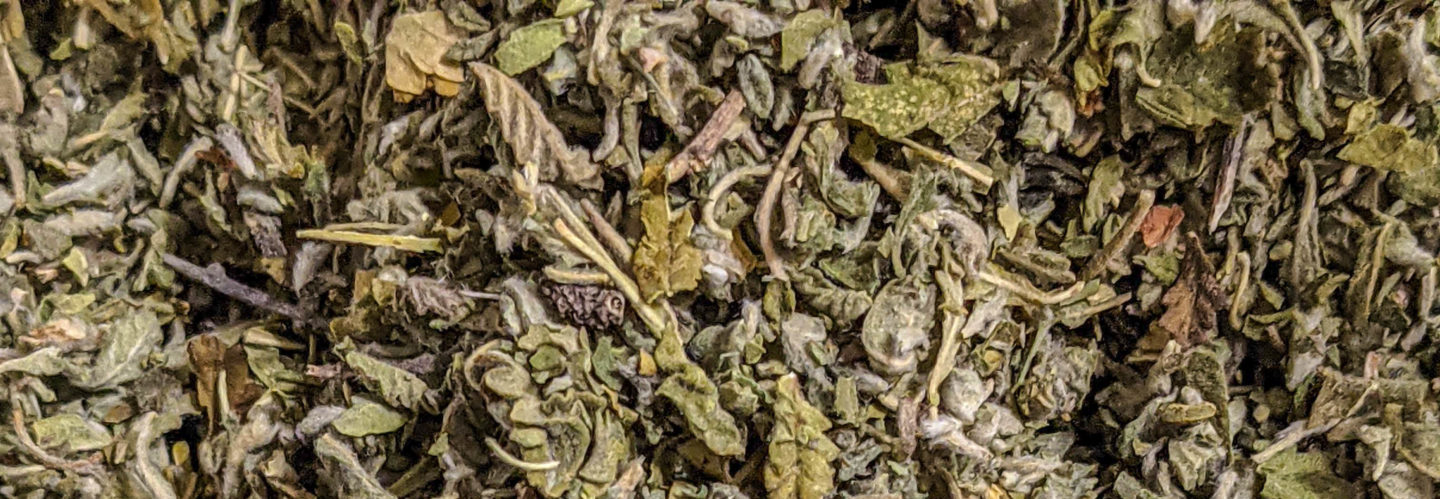
This base comes with a relaxing effect and a smooth body when smoking. It burns well and blends with mullein to create smooth smoke with plenty of body. It has a pleasant herbal flavor, and it rolls easily. Adding damiana to a blend will make it taste and smell like weed. Damiana can also be used as an action herb because of its relaxing properties.
Gotu Kola
The gotu kola herb provides a stimulating effect without anxiety. It’s a staple in Asia and has a long history as Ayurvedic medicine in Chain and Indonesia.
The supportive herbs in your blend are around a third of the total mix. These herbs are usually used to modify and augment the blend’s psychoactive effects.
Depending on your requirements, you can add up to four different herbs to support the base. Get as creative as you want, and notice the differences in each blend. We recommend the following supportive herbs for your smoking blend:
Blue Lotus
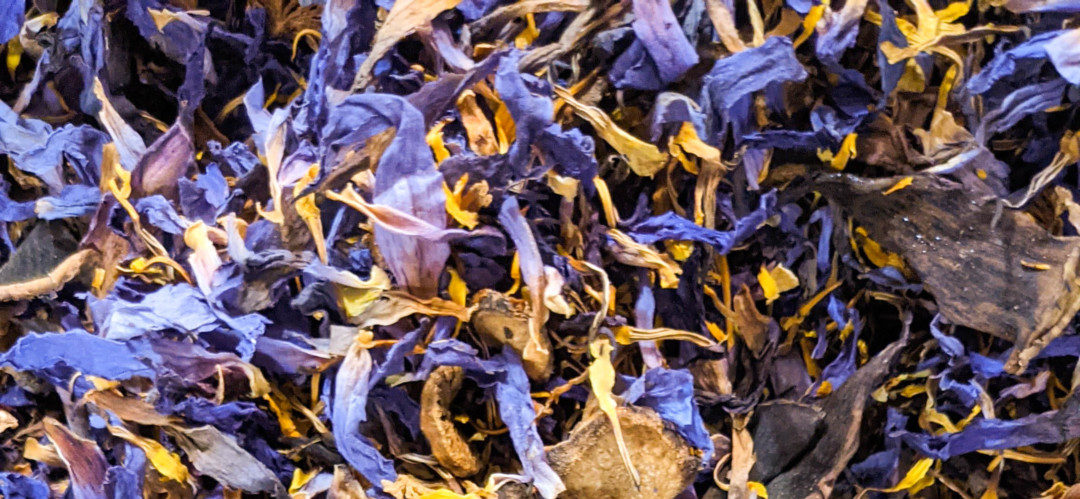
A natural aphrodisiac and relaxer, this herb has an opium-like effect, heightening feelings of euphoria & relaxation. Blue lotus is the most popular plant we covered in over 10 years.
White Sage
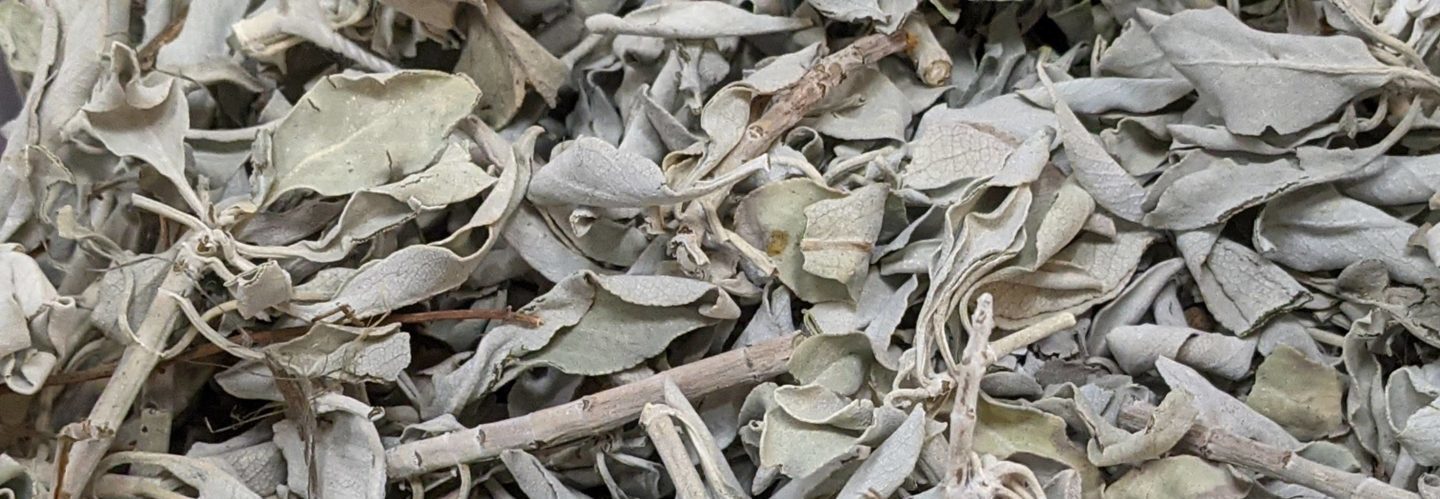
There are several types of sage. However, white sage offers the best supportive experience for new smokers. Sage adds more flavor and body to the smoke. White sage should be crushed, stem free and blended with other herbs, as it can be quite harsh on its own.
Catnip
It’s not only for your kitty! Catnip has a sweet scent and fortifying effect on the nervous system. This herb has relaxing properties and used to be a popular mix with cannabis.
Mugwort
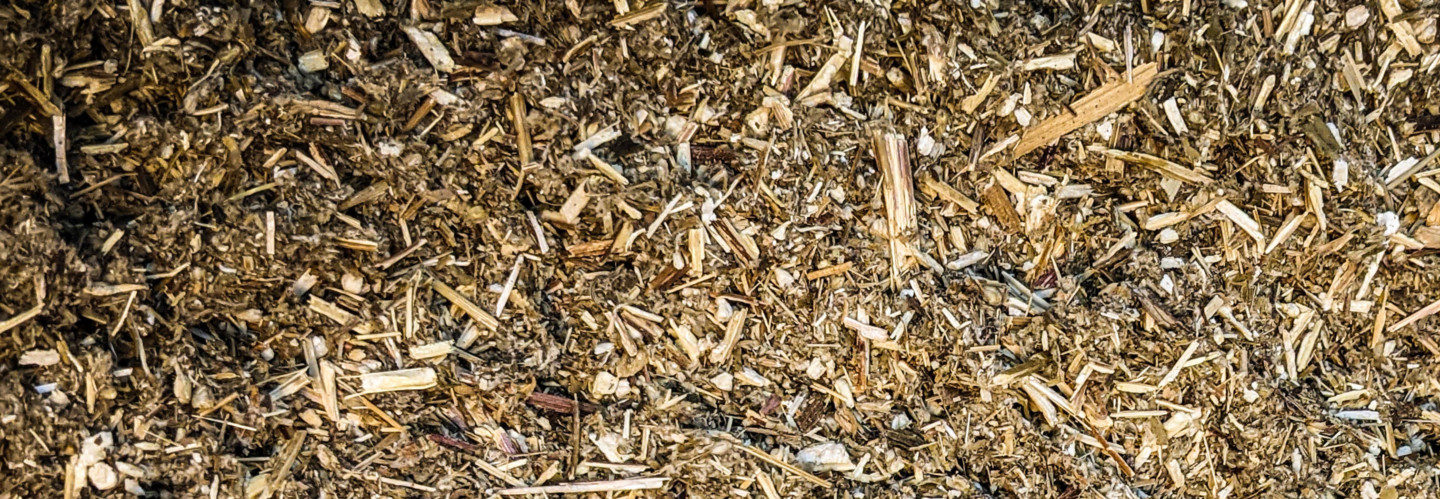
This herb has a slightly sweet flavor with a light body; it’s a great filler and helps with calming anxiety. Mugwort can also be used as a base herb because of its texture.
Skullcap
This herb has a relatively neutral flavor, offering a medium-smoke with a decent body.
Passionflower
Smoking this sweet herb before bed helps to alleviate symptoms of insomnia and anxiety.
Hops
Hops have an earthy flavor, producing a calming effect with a light body.
Hemp Flowers
Hemp flowers are a fine addition to an herbal blend, especially when you are looking for painkilling properties.
Flavoring herbs are a great way to finish off your smoking blend. This herb should represent around a fifth of the total blend volume. The base and the supportive herbs do most of the work; these herbs just add some more flavor to the blend.
Some of the popular flavoring herbs for newbies to herbal smoking blends include the following.
Spearmints and Peppermints
These plants produce a powerful minty flavor that varies by species. The menthol in the leaves is a good choice for anyone trying to quit menthol cigarettes. Please be aware that peppermints can be a bit harsh on the throat and should be used moderately.
Rose
Rose provides a sweet flavor and adds a smoother texture to the smoke. Pairs well with lavender.
Lavender
This plant has a subtle, mild flavor, and it’s great for relieving the signs of inflammation. Pairs well with rose.
Anise
It provides a licorice-like taste and light smoke. It’s also good for relieving digestive issues like heartburn.
Optional – Herbs for adding More Body to Your Blend
Tobacco smoke gives the smoker a smoothness and heaviness to the smoke that many users find is absent in herbal blends. To give your smoking blend more “body,” we recommend the following herbs.
Marshmallow Root
A sweet, soothing smoke that goes down easy. Marshmallow root has plenty of body, producing big clouds. As a tea, it can also help people recover from bronchitis.
Uva Ursi
It has an earthy flavor with a medium body and pleasant smoke.
Blackberry leaf
You get a sweet, subtle flavor with plenty of body. It boosts the immune system and has a similar body to the raspberry leaf.
Willow bark
It’s a good choice for adding body to your blend. It’s also a good choice for relieving pain disorders.
What Are Some Examples of Herbal Blends?
Settling on the right balance of ingredients in your herbal smoking blend is different with everyone and a personal decision. Start with measuring your herbs using tablespoons for a small quantity.
Takes notes on the recipes you create, so you have a reference point. It might take you weeks to find that perfect blend, but it’s a fun experience along the way!
When using our recommended blends, stick to the following amounts.
- Base Herbs – 2 Tablespoons
- Supporting Herbs – 1 Tablespoon
- Flavoring Herbs – ½ Tablespoon
Here are our top herbal smoking blend recommendations.
An Herbal Blend to Help You Quit Cigarettes
Are you trying to quit cigarettes? Give this blend a try.
Quitting Cigarettes Phase 1
- Mullein base.
- Raspberry leaf as a secondary base.
- Skullcap for a calming effect and supportive herb.
- Spearmints for anyone trying to quit menthol cigarettes.
Quitting Cigarettes Phase 2
- Mullein base.
- Blue Lotus or Coltsfoot for support.
Quitting Cigarettes Phase 3
- Smoke mullein clean by itself with no other herbs.
An Herbal Blend to Help You Quit Cannabis
Option 1
- Damiana base.
- Blue Lotus for support.
- Marshmallow root for flavor and added body.
Option 2
- 50/50 Raspberry leaf Mullein base.
- Catnip for support.
- Lavender for additional flavor
Lung Cleansing Blend for Recovering from a Chest Cold
- Mullein base.
- Mugwort for support.
- Mint for flavor.
Wrapping Up – Source the Finest Ingredients for Your Herbal Smoke
When purchasing your herbs, make sure you’re getting them from a trusted source that uses sustainable growing methods. Always ensure you’re getting organic or wildcrafted herbs grown with no fertilizers and treated with no chemicals.
We have recently started selling most of these herbs on Etsy, but we also offer you the choice to compare with online retailers directly on our website.

Leave a Reply